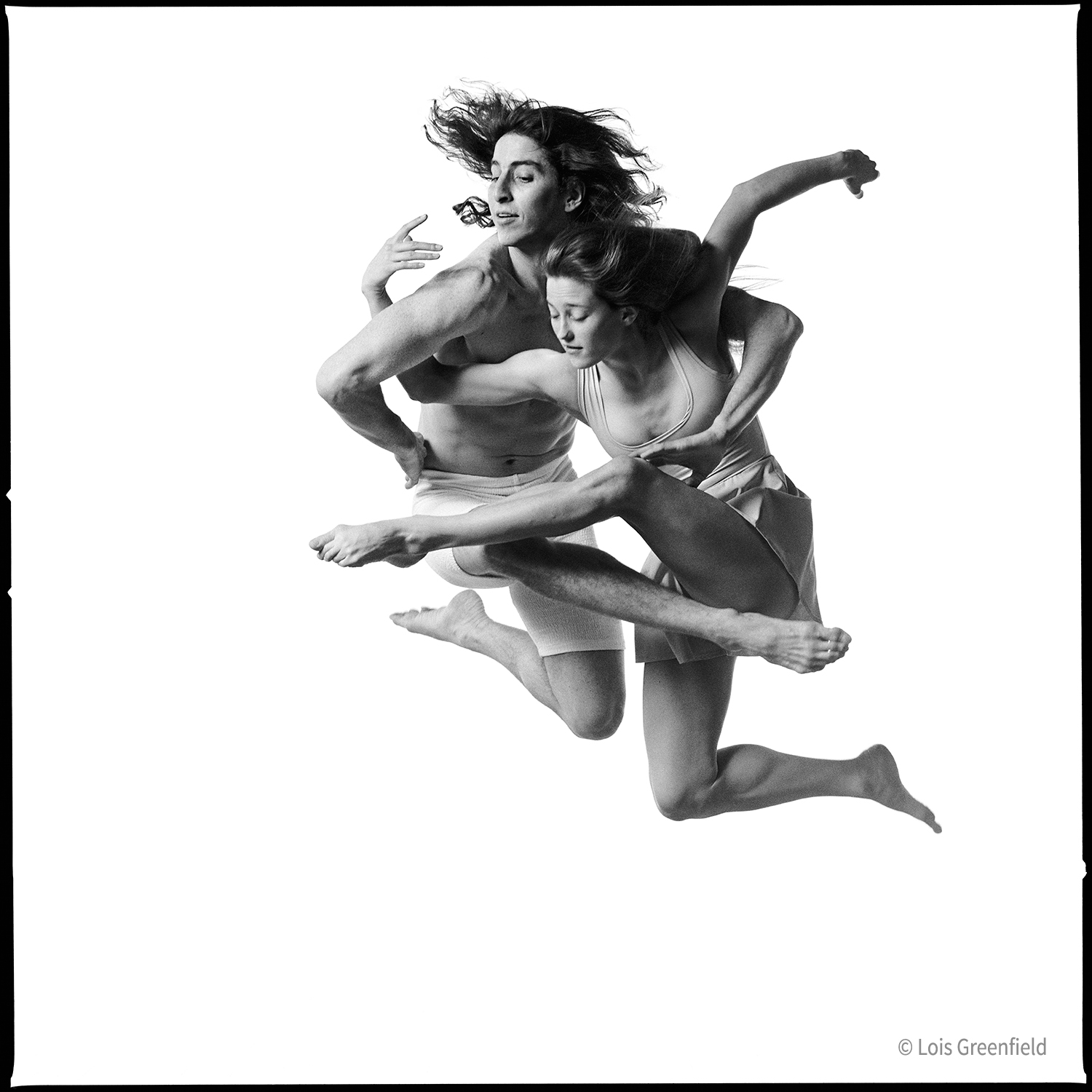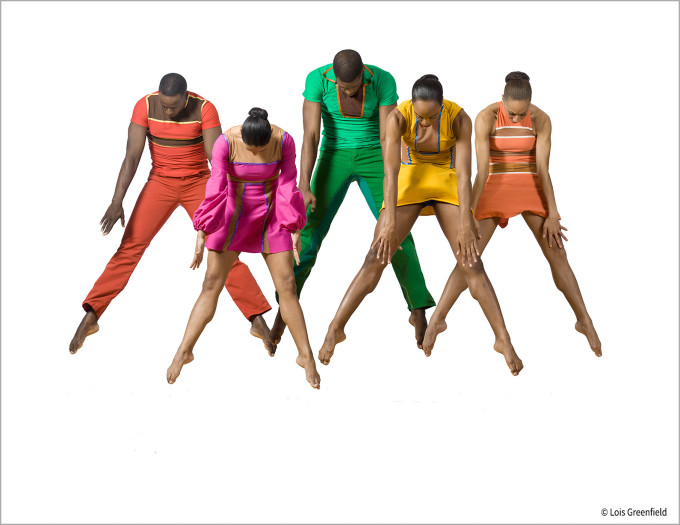
Daniel Ezralow and Ashley Roland
Recognizing the challenges of dance photography is something American photographer Lois Greenfield appreciates perhaps more than anyone. For 40 years, has been known for her signature gravity-defying images of dancers in flight. One of the biggest challenges is to capture the ‘perfect’ moment. From her years of experience, Greenfield shares with you 3 tips to help you develop your own decisive moment in dance photography. She also holds 2 day dance photography workshops in her NYC based studio, the next one being March 19&20, 2016. Click here for more details!
Lois’ Gear:
Broncolor Power Packs
Broncolor Pulso Heads
Leaf Digital Back
Hasselblad 500 series Manual Camera Body
Catching the right moment
One of the mistakes photographers make is that they to see the peak of the action through the viewfinder. Looking through the viewfinder to determine the moment you want to shoot will cause you to miss the shot, because by the time you see the moment and decide to shoot it, the moment will be gone!
No matter how responsive the shutter on your camera is, you still have to take the picture a split second before the peak of the action. So it’s best to put your camera on a tripod, and concentrate on what the dancers are doing.
Learn to anticipate the moment
Many photographers switch their cameras to ‘burst’ mode, in the hopes that out of a 10-15 image sequence there will be a miracle moment. But more often then not it doesn’t work like that, and the photographer is left with no picture he really likes. I recommend shooting one frame at a time, engaging with the action in front of the camera, rather than depending on an automated machine to take the pictures. You can ask the dancers to repeat their movement phrase a few times. This allows you to practice anticipating the moment you wish to capture, as well as practice your timing.

How to get a good group shot
If you are shooting more than one dancer, timing can become complicated. Asking the dancers to count, or having someone external to count for them helps ensure everyone is moving at the same time. A good way to approach a group shot is to first photograph each dancer in their respective positions separately, so you get a sense of the position you want to capture, and then ask them to do the jumps together.

